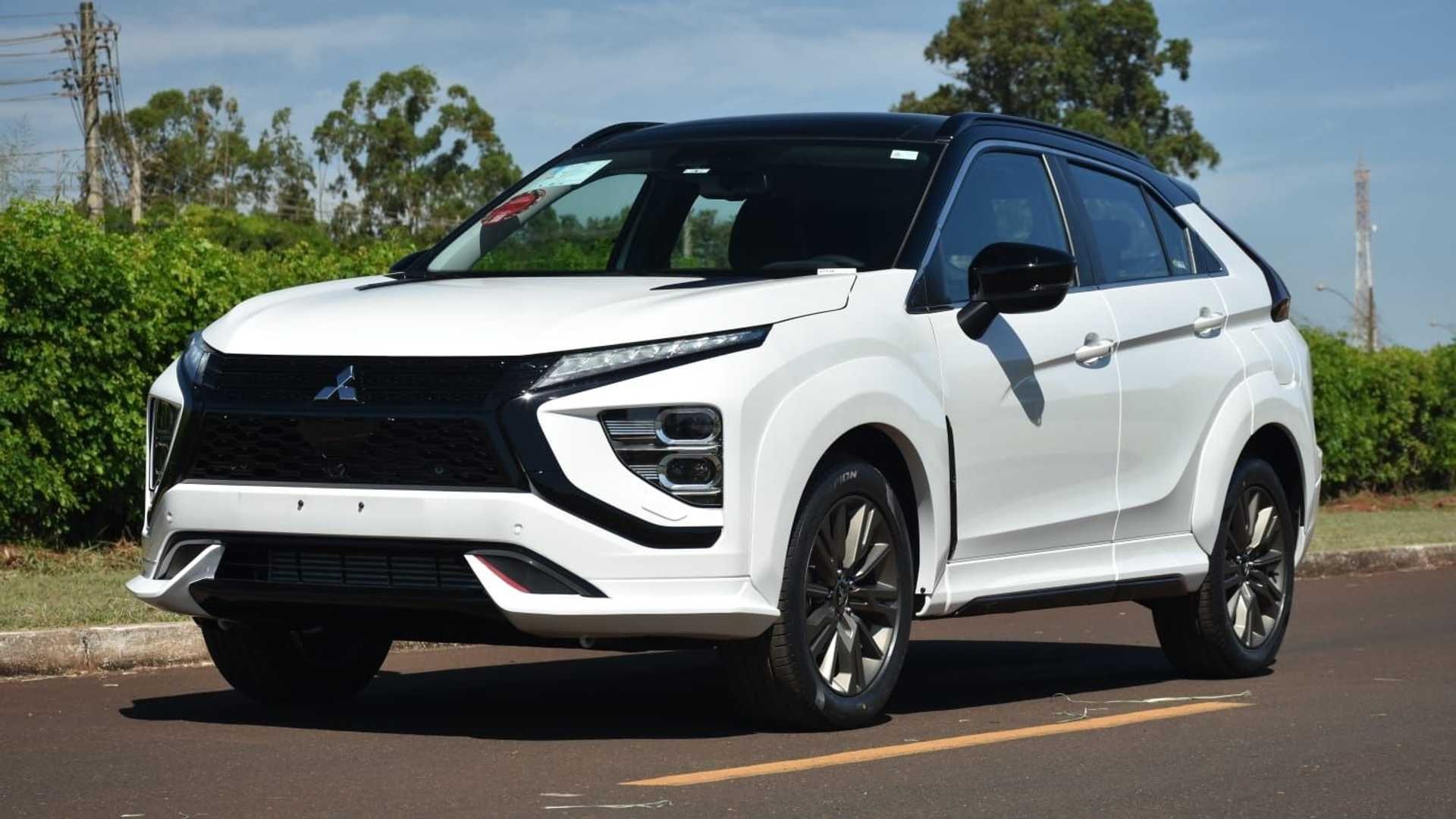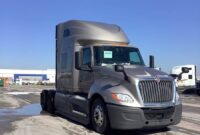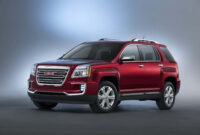Mitsubishi Pickup Truck USA: A Journey Through History and Hope cars.truckstrend.com
The story of Mitsubishi pickup trucks in the United States is one marked by periods of quiet success, ambitious re-entry, and ultimately, a strategic retreat from a fiercely competitive market. For many American truck enthusiasts, the mention of a Mitsubishi pickup conjures images of the rugged, compact Mighty Max of the 80s and 90s, or perhaps the more recent, albeit short-lived, Raider. While Mitsubishi remains a formidable player in the global pickup market with its highly successful Triton (L200) series, its presence in the US truck segment has been absent for over a decade.
This comprehensive guide delves into the fascinating history of Mitsubishi pickup trucks in the USA, exploring their past triumphs, the reasons behind their departure, and the slim, yet persistent, hope for their return. We’ll examine the models that graced American roads, analyze the market forces at play, and offer practical insights for those who still cherish these unique vehicles or seek alternatives in today’s landscape.
Mitsubishi Pickup Truck USA: A Journey Through History and Hope
The Golden Era: Mitsubishi Pickups in the USA (Mighty Max & Ram 50)
Mitsubishi’s journey in the US pickup market began in earnest with a vehicle that would become synonymous with compact utility: the Mighty Max. Introduced in the late 1970s, this truck (known globally as the L200 or Forte) quickly carved out a niche for itself. It was compact, affordable, remarkably fuel-efficient for its time, and offered a surprising amount of utility. Available in both two-wheel drive and robust four-wheel drive configurations, the Mighty Max appealed to a diverse range of buyers, from small business owners needing a reliable workhorse to weekend adventurers seeking an affordable off-road companion.
A significant factor in the Mighty Max’s success was a unique collaboration with Chrysler. Rebadged and sold alongside its Mitsubishi counterpart as the Dodge Ram 50 (and briefly as the Plymouth Arrow Truck), this strategic partnership allowed Mitsubishi to significantly expand its sales reach across the vast Chrysler-Plymouth-Dodge dealer network. This was a common practice among Japanese automakers at the time, leveraging established domestic brands to introduce their products to a wider American audience.
The Mighty Max and Ram 50 were known for their straightforward design, durable engines (initially a 2.0L or 2.6L four-cylinder, later a V6 option), and no-nonsense approach to trucking. They were not designed for heavy towing or massive payloads, but rather for practical, everyday use, excelling in maneuverability and urban environments where larger trucks struggled. Their legacy is one of reliability and understated capability, with many still seen on the road today, a testament to their robust build quality.
The Brief Return: The Mitsubishi Raider
After the Mighty Max’s production ended in 1996, Mitsubishi was absent from the US pickup market for nearly a decade. However, the early 2000s saw a brief, ambitious attempt to re-enter the segment with the Mitsubishi Raider. This time, the strategy was different. Instead of a compact, internally developed truck, the Raider was the result of Mitsubishi’s alliance with DaimlerChrysler (which owned Chrysler at the time). Launched for the 2006 model year, the Raider was essentially a rebadged version of the popular Dodge Dakota mid-size pickup.
The Raider aimed to compete in the growing mid-size truck segment, offering more capability than the compact trucks of yesteryear. It shared the Dakota’s chassis, engines (initially a 3.7L V6 and an optional 4.7L V8), and many interior components. Mitsubishi attempted to differentiate it with unique front and rear styling, including the brand’s signature grille, and some unique interior trim. Available in Extended Cab and Double Cab configurations, and with both 2WD and 4WD options, the Raider offered a more contemporary truck experience compared to its Mighty Max predecessor.
However, the Raider struggled to gain traction in the highly competitive US market. It faced stiff competition from established players like the Toyota Tacoma, Nissan Frontier, and its own platform-mate, the Dodge Dakota. Critics often pointed to its lack of a distinct identity, the limited differentiation from the Dakota, and Mitsubishi’s shrinking dealer network and marketing budget in the US. Despite its solid underpinnings, the Raider failed to capture the imagination of American truck buyers and was discontinued after the 2009 model year, marking Mitsubishi’s second and seemingly final exit from the US pickup segment.

Why Mitsubishi Pickups Left the US Market
The departure of Mitsubishi pickups from the US market was not an isolated event but rather a confluence of several significant factors:
- Market Shift and Fierce Competition: The US truck market underwent a dramatic transformation. The compact truck segment, once vibrant, largely gave way to larger, more capable mid-size and full-size trucks. Mitsubishi’s Mighty Max was designed for a market that was rapidly shrinking. When they returned with the Raider, the mid-size segment was already dominated by deeply entrenched domestic and Japanese brands with massive marketing budgets and loyal customer bases. Breaking through this wall proved incredibly difficult.
- Mitsubishi’s Broader Corporate Strategy: Throughout the 2000s and into the 2010s, Mitsubishi Motors faced significant financial challenges globally. This led to a strategic re-evaluation of its product portfolio and market focus. The company decided to prioritize its successful SUV and CUV lines (like the Outlander and Eclipse Cross) and concentrate on key global markets where it had stronger footholds, particularly in Asia and Australia. The US market, with its high regulatory hurdles and intense competition, became less of a priority for a niche product like a pickup.
- Declining US Sales and Dealer Network: Mitsubishi’s overall sales in the US declined significantly after the turn of the millennium. A shrinking market share meant fewer resources for product development and marketing, and a diminishing dealer network. Without a robust sales and service infrastructure, supporting a niche vehicle like a pickup becomes unsustainable.
- Cost of US-Specific Requirements: Bringing any vehicle to the US market requires substantial investment to meet stringent safety, emissions, and homologation standards. For a company facing financial constraints, allocating resources to develop or adapt a pickup specifically for the US, when global sales were strong elsewhere, became a low-priority endeavor.
The Global Success Story: The Mitsubishi Triton/L200 (Outside USA)
It’s crucial to understand that while Mitsubishi pickups are absent from the US, the brand is a major force in the global truck market. The Mitsubishi Triton (or L200 in many markets) is one of the world’s most popular and capable mid-size pickups. Currently in its sixth generation (launched in 2023), the Triton boasts a modern design, advanced safety features, robust off-road capabilities (especially with its Super Select 4WD-II system), and efficient diesel engines.
The Triton is a bestseller in Southeast Asia, Australia, parts of Europe, Africa, and South America. It serves as a reliable workhorse for businesses, a capable adventure vehicle for families, and a formidable competitor in rally raid events. Its global success underscores Mitsubishi’s continued expertise and commitment to the pickup truck segment—just not within the confines of the US market.
The Future of Mitsubishi Pickups in the USA: A Fading Hope or Potential Revival?
The prospect of a new Mitsubishi pickup truck returning to the USA currently appears dim, but not entirely impossible. Mitsubishi Motors is now part of the Renault-Nissan-Mitsubishi Alliance (RNM). This alliance theoretically opens doors for platform sharing and joint development, which could potentially reduce the cost and risk of re-entering the US truck market. Nissan, for instance, has a strong presence with its Frontier and Titan pickups. Could a future Mitsubishi pickup be based on a Nissan platform, similar to the Raider/Dakota arrangement?
Challenges remain immense:
- Brand Re-establishment: Mitsubishi would need to rebuild its truck image from scratch in the US, a monumental task against established giants.
- Investment Costs: Despite platform sharing, significant investment would still be required for US-specific design, regulatory compliance, marketing, and distribution.
- Intense Competition: The mid-size truck segment has seen new entrants like the Ford Ranger, Chevy Colorado, and Jeep Gladiator, alongside the refreshed Toyota Tacoma and Nissan Frontier. The compact/lifestyle truck segment is also seeing a resurgence with the Ford Maverick and Hyundai Santa Cruz. It’s an incredibly crowded and competitive field.
- Mitsubishi’s Current US Strategy: The company’s current focus in the US is on its SUV lineup (Outlander, Eclipse Cross) and the Mirage, vehicles that align with their global strengths and allow for more efficient resource allocation.
While a future Mitsubishi pickup in the USA cannot be entirely ruled out, it would likely require a significant shift in market dynamics, a renewed strategic imperative from the RNM Alliance, or a highly compelling product that offers something truly unique to stand out. For now, it remains a fading hope rather than an imminent reality.
Practical Advice and Actionable Insights
For those nostalgic for the Mitsubishi pickups of old or those curious about their enduring appeal:
- Exploring the Used Market: Older Mighty Max and Raider models can still be found on the used market. The Mighty Max, in particular, has a cult following for its simplicity and reliability. When considering a purchase:
- Inspect for Rust: Especially on the frame and bed, as these trucks are older.
- Check Engine Condition: Ensure regular maintenance records if possible. Parts availability for older models can be a challenge, though many common mechanical components might be shared with other period vehicles.
- Test Drive Thoroughly: Listen for unusual noises, check the transmission, and test the 4WD system if equipped.
- Maintenance and Parts: Online forums and specialty parts suppliers can be invaluable resources for maintaining older Mitsubishi trucks. Many parts may require sourcing from overseas or through aftermarket channels.
- Alternatives in Today’s Market: If you’re looking for a new pickup that embodies some of the spirit of past Mitsubishi trucks (e.g., affordability, utility, compact size), consider:
- Ford Maverick / Hyundai Santa Cruz: These are modern compact "lifestyle" trucks that offer car-like comfort with open-bed utility.
- Nissan Frontier / Toyota Tacoma / Ford Ranger / Chevrolet Colorado / GMC Canyon: These mid-size trucks are the closest modern equivalents in terms of size and capability to what the Raider attempted to be. They offer a range of powertrains and features.
- Ram 1500 Classic: For those who appreciate the no-frills work truck approach, the older generation Ram 1500 continues to be sold as the "Classic" and offers a full-size truck at a more competitive price point.
Concluding Summary
The narrative of Mitsubishi pickup trucks in the USA is a compelling chapter in automotive history. From the beloved, unassuming Mighty Max that earned its stripes through reliability and utility, to the brief and challenging re-entry with the Raider, Mitsubishi’s efforts to establish a foothold in the American truck market faced immense hurdles. While the brand continues to thrive globally with its highly successful Triton/L200 series, the complexities of the US market, coupled with Mitsubishi’s evolving corporate strategy, led to their withdrawal.
Today, new Mitsubishi pickups are not available in the United States, leaving a void for some enthusiasts. However, the legacy of their past models endures, and for those seeking modern alternatives, the market offers a diverse array of choices. The story of Mitsubishi pickups in the USA serves as a powerful reminder of the dynamic nature of the automotive industry and the formidable challenges of competing in one of the world’s most demanding truck markets.
Mitsubishi Pickup Truck USA: Historical Price Table
| Model (Year Range) | Type | Original MSRP (Approx. New) | Estimated Used Price Range (Current, Good Condition) | Notes |
|---|---|---|---|---|
| Mighty Max (1983-1996) | Compact | $6,000 – $15,000 | $2,000 – $8,000+ (for well-preserved/restored) | Known for reliability and simplicity. Prices vary wildly based on condition, mileage, and 2WD/4WD. |
| Dodge Ram 50 (1979-1993) | Compact | $6,000 – $15,000 | $1,500 – $7,000+ (for well-preserved/restored) | Rebadged Mighty Max. Similar pricing and condition factors apply. |
| Mitsubishi Raider (2006-2009) | Mid-Size | $18,000 – $30,000 | $4,000 – $12,000 | Based on Dodge Dakota. V6 and V8 options. Prices depend on engine, mileage, and condition. |
| Mitsubishi Triton/L200 (Current Global Model) | Mid-Size | N/A (Not Sold New in USA) | N/A (Not Sold New in USA) | Current generation starts around $25,000 – $45,000+ USD equivalent in international markets. |
Note: Original MSRPs are approximations and varied based on trim, options, and year. Used prices are highly variable and depend on vehicle condition, mileage, location, and market demand. There are no new Mitsubishi pickup trucks sold in the USA as of 2024.
Frequently Asked Questions (FAQ) about Mitsubishi Pickup Trucks in the USA
Q1: Is Mitsubishi still making pickup trucks?
A1: Yes, absolutely! Mitsubishi continues to produce highly successful pickup trucks globally, primarily the Mitsubishi Triton (also known as L200 in many markets). However, they are not sold in the United States.
Q2: Why did Mitsubishi stop selling pickup trucks in the USA?
A2: Mitsubishi ceased selling pickups in the USA due to a combination of factors: intense competition in the US truck market, a strategic shift in their global product focus towards SUVs and CUVs, declining overall sales in the US, and the high cost of meeting specific US market regulations for a niche product.
Q3: What was the last Mitsubishi pickup truck sold in the USA?
A3: The last Mitsubishi pickup truck sold in the USA was the Mitsubishi Raider, which was based on the Dodge Dakota. It was sold from the 2006 to 2009 model years.
Q4: Will Mitsubishi bring a pickup truck back to the USA in the future?
A4: While nothing is impossible in the automotive industry, it is highly unlikely in the near future. Mitsubishi’s current US strategy focuses on its SUV lineup. Re-entering the highly competitive US truck market would require significant investment and a clear strategic advantage, which is not currently apparent.
Q5: Are parts still available for older Mitsubishi Mighty Max or Raider trucks?
A5: Yes, parts are generally available for older Mighty Max and Raider models, though finding specific or unique components might require searching through aftermarket suppliers, online forums, or specialty salvage yards. Many mechanical parts are often shared with other contemporary vehicles.
Q6: What are some good alternatives to a Mitsubishi pickup truck in the USA today?
A6: For compact/lifestyle trucks, consider the Ford Maverick or Hyundai Santa Cruz. For traditional mid-size trucks, popular and capable alternatives include the Toyota Tacoma, Nissan Frontier, Ford Ranger, Chevrolet Colorado, and GMC Canyon.



